Tags
Destruction
-
Church Set on Fire
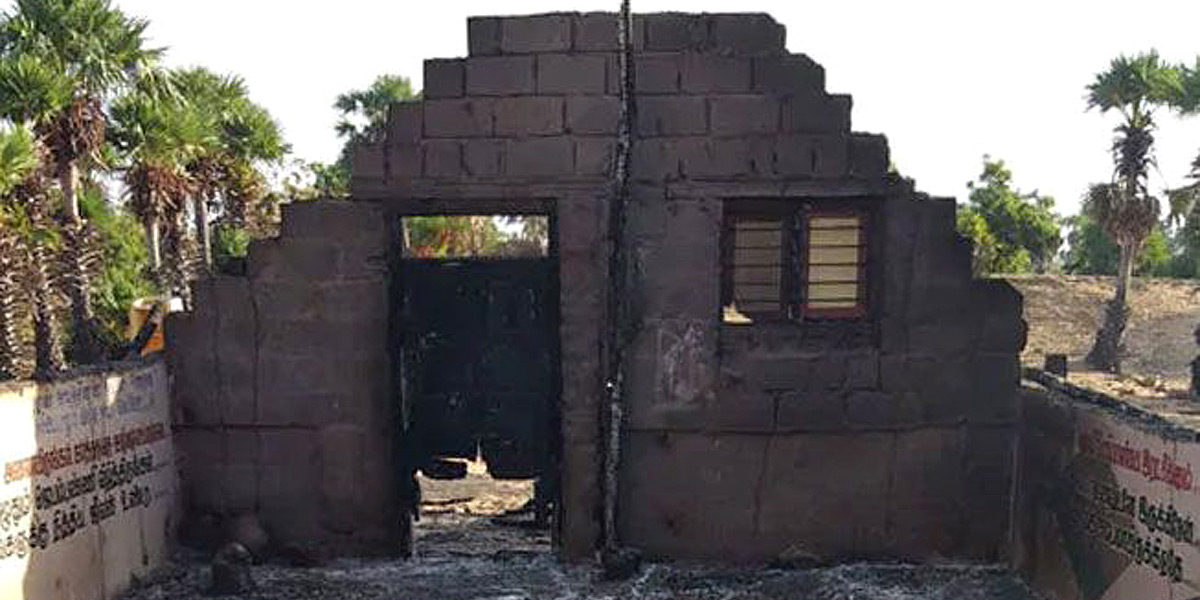
Photo: Barnabas Fund During the night of June 12th, the Real Peace Church in Vaylur, Tamil Nadu, was set on fire by suspected Hindu nationalists. The fire destroyed the roof, which was made of coconut leaves and bamboo. By the time Pastor Ramesh noticed the flames and smoke, all the building's contents were burned and considerable structural damage had taken place. The pastor sees this as part of the ongoing persecution endured by the church which consists of approximately 100 members.
-
Church Raided Again
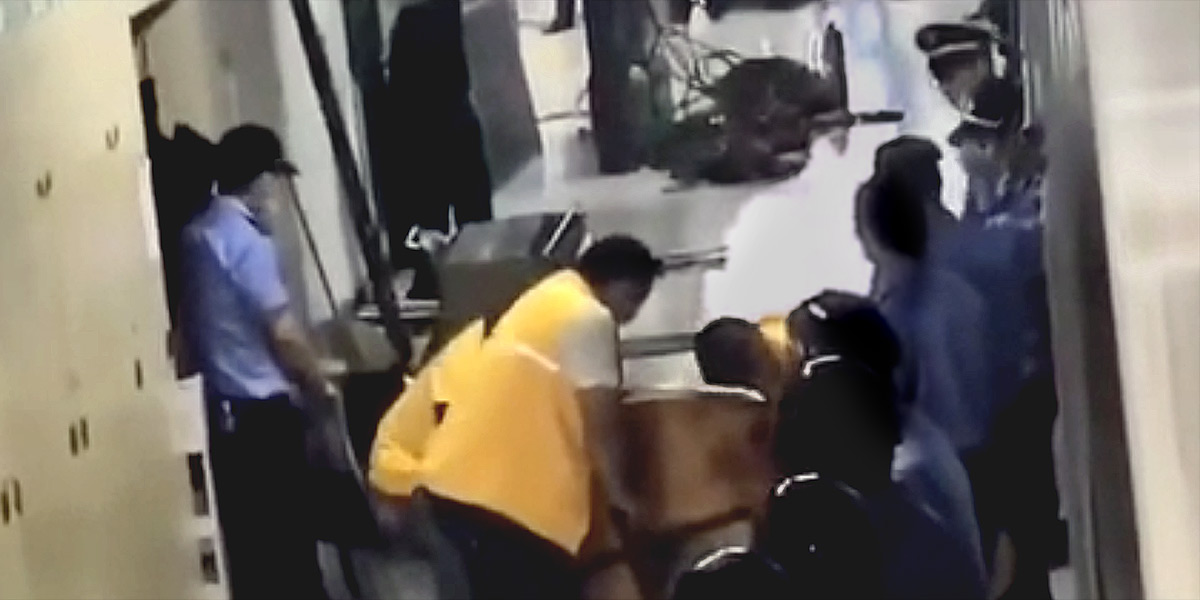
Officials destroying Christians' property.
Photo: ChinaAidOn May 3rd, security officers burst into a home where members of the Xingguang Church in Xiamen were meeting. Worshippers were dragged from the building (see the full report of this initial raid). In a second series of attacks, several homes where church members gathered for meetings were raided on June 11th. More than 100 officials from various governmental departments were involved in these attacks.
-
Approval of Churches Amidst Turmoil
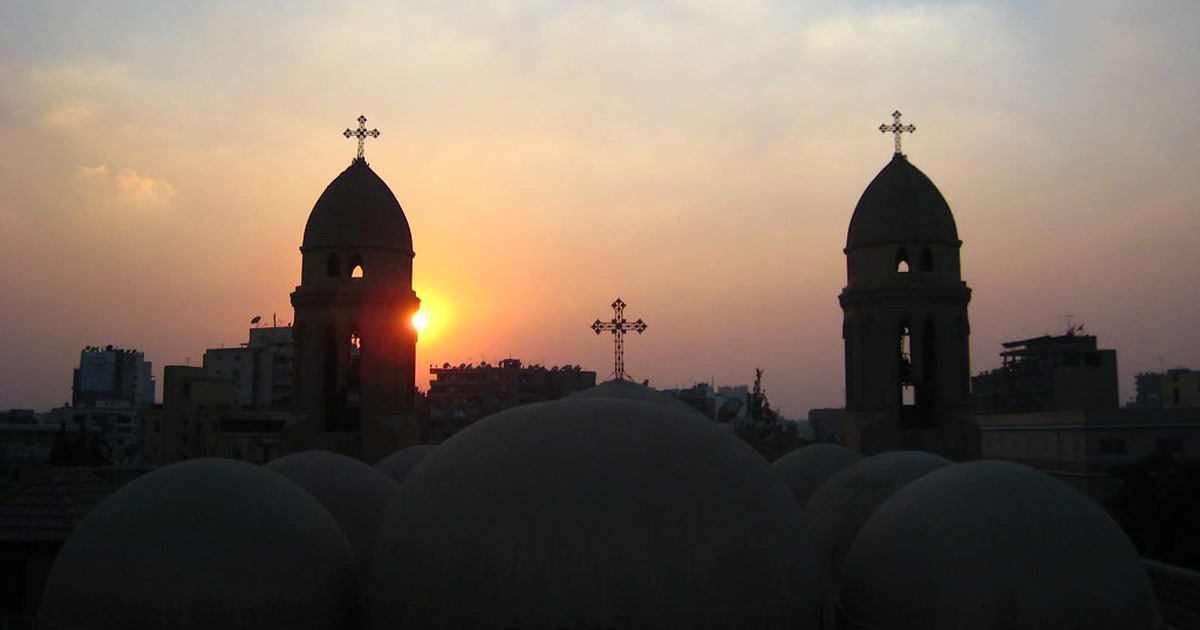
Photo: Flickr / Andrew A. Shenouda (cc) In April, it was reported that 74 applications had been approved, legalizing unlicensed churches across Egypt (read more). After the government committee met again on May 19th, a further 70 churches have been legalized, bringing the total to 1,638 since the committee was formed in January 2017. This leaves 2,000 further applications remaining for consideration.
-
Church Building Attacked Over Land Dispute
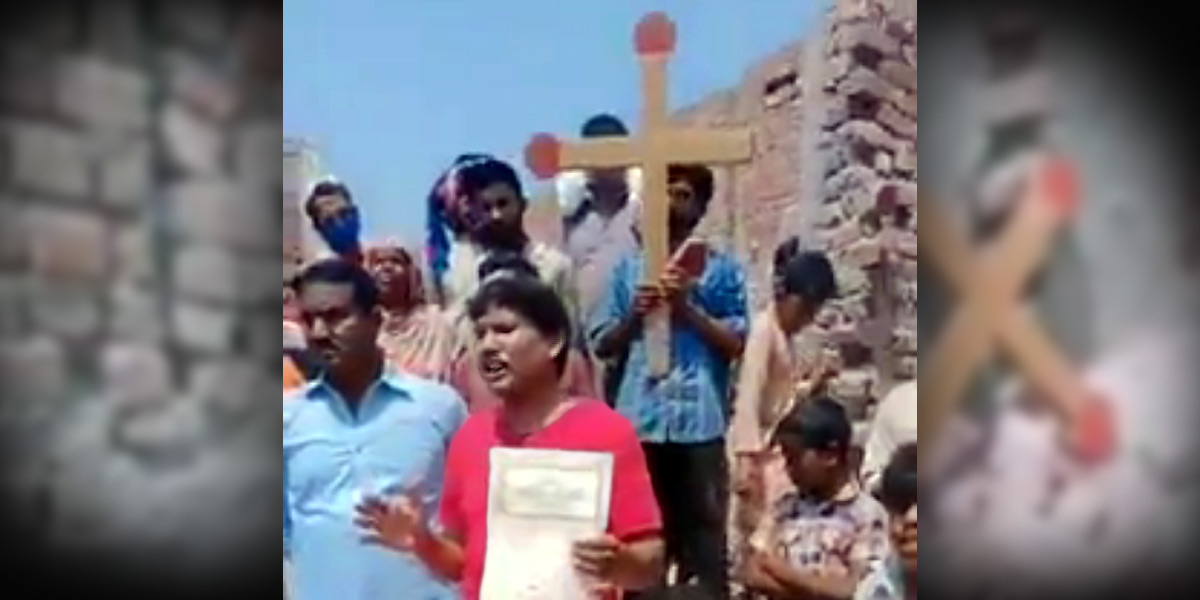
Church members and their
pastor gather after the attack.
Photo: Facebook / Christians in the WorldOn May 9th, a group of Muslim men vandalized the Trinity Pentecostal Church in the town of Kala Shah Kaku over an alleged land dispute. The group was led by Malik Aun Abbas, a local property dealer who claims he has rights to the land. The men demolished the main gate and boundary wall. They then entered the church, broke the cross, damaged a wall, and threatened to burn the building and the Christians who were present. Police were called to the scene but the men escaped before the authorities arrived.
-
Demolition & Detention on Easter Sunday
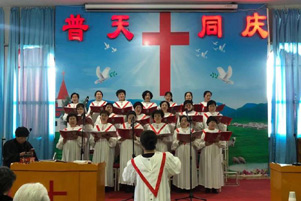
Donghu Church
Photo: ChinaAidThe Donghu Church in Xining has stood firm in the face of opposition for years. Even though it was officially approved by the Chinese authorities in 2003, this church of more than 300 members has faced problems for years.
In December 2017, the fire department closed the building, citing an unspecified "hidden danger." Following this, the congregation purchased a new building but it was not approved. So the members began meeting in the Donghu Hotel instead. This was also opposed and, in December 2019, the fire department sealed the door. This did not stop the members, who climbed through a window of the church building to resume meeting together. On Christmas Day, however, the electrical power was cut off in the middle of the service and authorities told them the building would be demolished. For more details, see this report.
-
New Religious Regulations
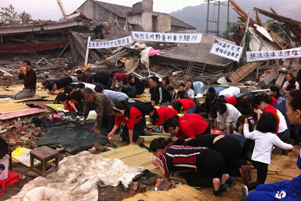
Believers kneel in the rubble of
their former place of worship.
Photo: ChinaAidAs of February 1st, a new series of regulations on religion were released by the Chinese government. Consisting of six chapters and 41 articles, the restrictions require all religious leaders and organizations to demonstrate complete devotion to the Chinese Communist Party. For years, the Chinese government has controlled and monitored religious organizations. Under President Xi Jinping, this has become much more overt. The Party has been set as the official head of all religious organizations. Religious symbols are being removed, replaced by flags and pictures of President Xi.
-
Church Buildings Destroyed for a Second Time
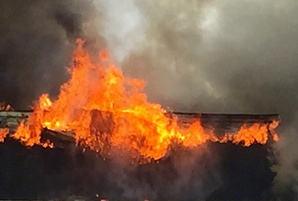
Makeshift buildings, erected after three church buildings were destroyed by fire on December 28th, were burned down on January 16th. While those responsible are still unknown, local Christians believe it is the work of Islamic jihadists.
-
Government-Recognized Church Faces Demolition
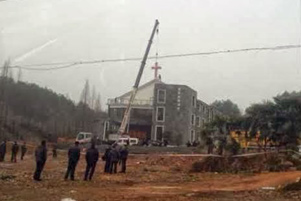
Chinese authorities have been targeting places of worship, including the Three-Self Churches.
Photo: ChinaAidThe Donghu Church in Xining received official approval from authorities in 2003, and has been operating as a government-approved Three-Self Church by meeting the legal requirements. With more than 300 members, it is the oldest and largest church in the district. Yet, despite its official status, the church has still faced opposition from authorities.
-
Church Demolished Due to Placement
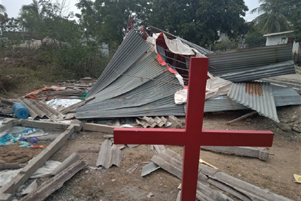
Church building in Narnepadu
Photo: Morning Star NewsA church building within the village of Narnepadu in southern India was torn down on January 9th because it was on the west side of the village. Those responsible claim that the location of the building violated principles of Vastu Shastra, a Hindu system of planning and placement similar to the Chinese practise of Feng Shui.

